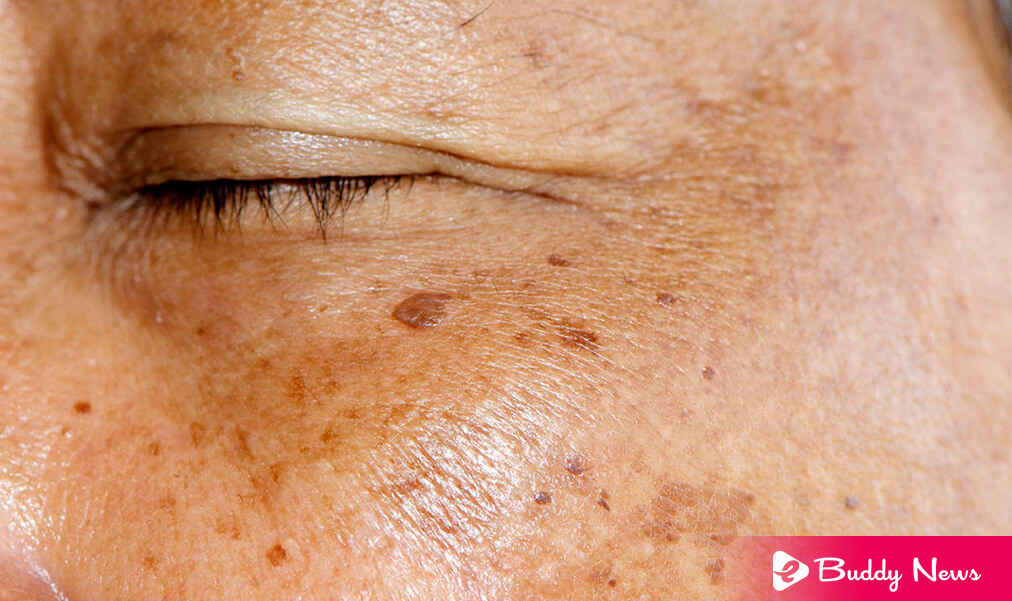Skin Spots, Its Types, Symptoms, Causes, And Treatment

Human skin is inclined to rashes and blemishes of all kinds. Most of the time, skin spots are harmless, but it is important to know what their symptoms are like to know how to act.
The spots on the skin are called hyperpigmentation. And, some people cause anguish because they cannot disguise or hide them from the areas where they tend to appear: the face, hands, and other visible areas exposed to the sun. Hyperpigmentation arises when the body produces excess melanin in certain spots on the skin. Thus, it gives rise to flat skin plaques of a darker shade ranging from light brown to black, which can vary in size and shape.
Types Of Skin Spots
There are many types; however, the most common are:
Pigment Spots
These spots, such as age spots, are small, darkened plaques whose main cause is sun exposure, so they appear in particularly exposed areas like the face, hands, and arms.
Melasma
Melasma or chloasma (‘pregnancy mask’) manifests with dark and irregular areas on the face or arms. It affects 90% of pregnant women due to hormonal influences and birth control pills.
Inflammatory Hyperpigmentation
It occurs when a skin lesion heals and remains in the form of a flat spot with changed color. That is common in people with acne, and it can also cause by cosmetic procedures.
Symptoms Of Skin Spots
The main symptoms of skin spots are appreciating a change in the color of some areas of the skin and its size. It is painless, and, as mentioned, the reasons can be numerous. They are normally harmless, but the specialist in Dermatology is the one who should study them in depth.
Causes Of The Spots
The hyperpigmentation of the skin responds to an overproduction of melanin. It can be pulled by various factors, as already said, but the most common causes are sun exposure, genetic factors, hormonal influences, age, and skin injuries or infections. The spots on the skin arise in the form of plaques.
Prevention For Skin Spots
It can prevent certain factors, but others are unavoidable. Thus, to prevent certain spots, it is recommended not to expose yourself too much to the sun and to do so with a high sun protection factor. Likewise, we can consult each specialist’s possible hormonal influences on certain medications.
Treatment For Skin Spots
The most used treatments are two: chemical peels and laser therapy. The first consists of applying an acid solution to the affected skin to remove superficial layers. These chemicals blister the skin and ultimately exfoliate, revealing new, even skin underneath.
The second is laser therapy. It is a method that allows ‘shooting’ the affected areas of skin with a high-intensity light. It has almost the same effect as the first one but is more precise since the dermatologist has more control over the treatment. Lighter treatments act only on the skin’s epidermis or superficial layer, and other more intense ones penetrate the deeper layers.
Other treatments have emerged in recent years: hydroquinone, arbutin, kojic acid, vitamin C derivatives, retinoic acid derivatives, azelaic acid or B-resorcinol or butylresorcinol, as well as jojoba oil, lemon, or the intake of a diet without sugar, which are effective factors against hyperpigmentation. However, despite being the most widely used, these treatments are never exempt from being slightly invasive for the skin, and more so depending on each skin type. It means that they can irritate, inflame or burn the skin, which is post-inflammatory hyperpigmentation.














